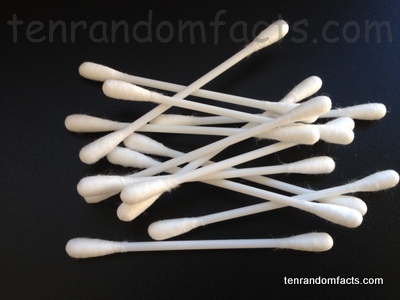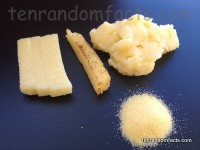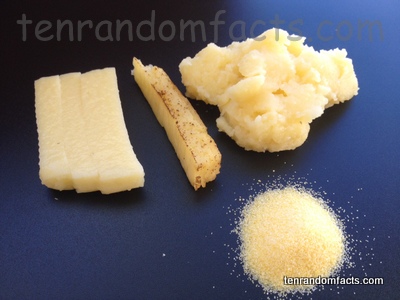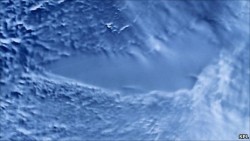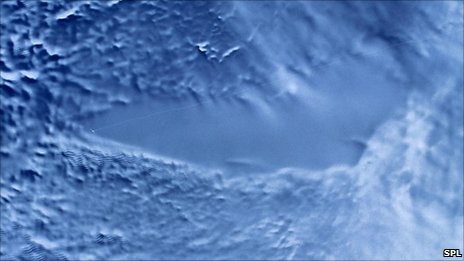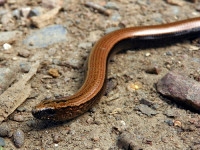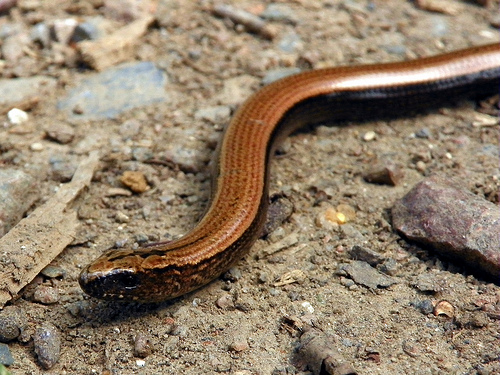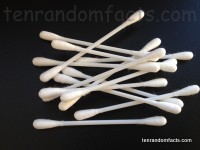
Cotton swabs are not limited to ear cleaning.
- A cotton swab is a small invention that has fibre wrapped around the tips of a small rod, and it is often purchased in a bulk pack from supermarkets.
- ‘Cotton swabs’ are also known as ‘cotton buds’, and by the prominent brand name of ‘Q-tips’, which stands for ‘quality tips’.
- Cotton swabs are typically used for various cleaning purposes, from ear wax to lasers in compact disc players and the like; or to assist in a medical environment for tasks like collecting specimens, for testing and diagnosis purposes; as well as applying or removing substances such as paint or makeup.
- One or both ends of cotton swabs can have fibre attached, depending on the purpose, and they can range in length from 7.5 to 25 centimetres (3 to 10 inches) and the size is generally relevant to its function.
- The rods of cotton swabs are normally made of plastic, paper or wood, and they vary widely in colour, from white, blue, red, green and yellow among others; while the fibre is generally white and made of cotton or a synthetic material.
- Cotton swabs were invented by Polish born Leo Gerstenzang, in the United States of America, designed in 1923, and were inspired by his wife’s potentially dangerous innovation that made use of cotton on the end of wooden toothpicks for cleaning ears.
- The original target audience for cotton swabs marketed by Leo Gerstenzang were babies, on which his wife commonly used the invention, while the name that was initially used for his product was ‘Baby Gays’.
- Cotton swabs are not recommended for cleaning inside ears, as careless usage can damage ear organs or cause blockage of earwax, both of which are a result of pushing the swab into one’s ear canal, although they are commonly used for this purpose.
- To make a cotton swab, fibre is generally fed onto the end of a spinning rod that has glue applied, which is then compressed and made smooth, and then packaged into packets or containers.
- Some cotton swabs, especially those for medical purposes, are singly wrapped to ensure they are sterile, and come with a slim container that is used to hold the swab and its specimen for later examination.



